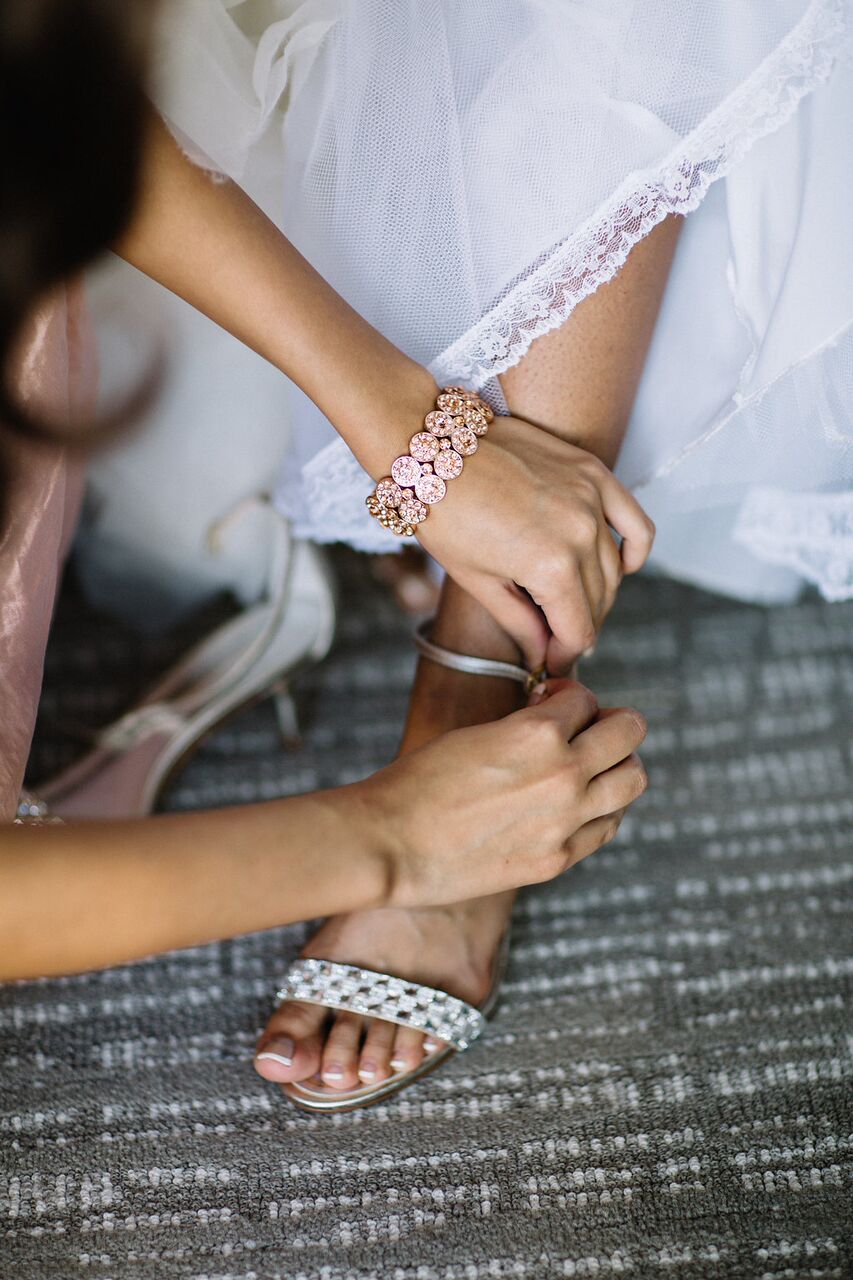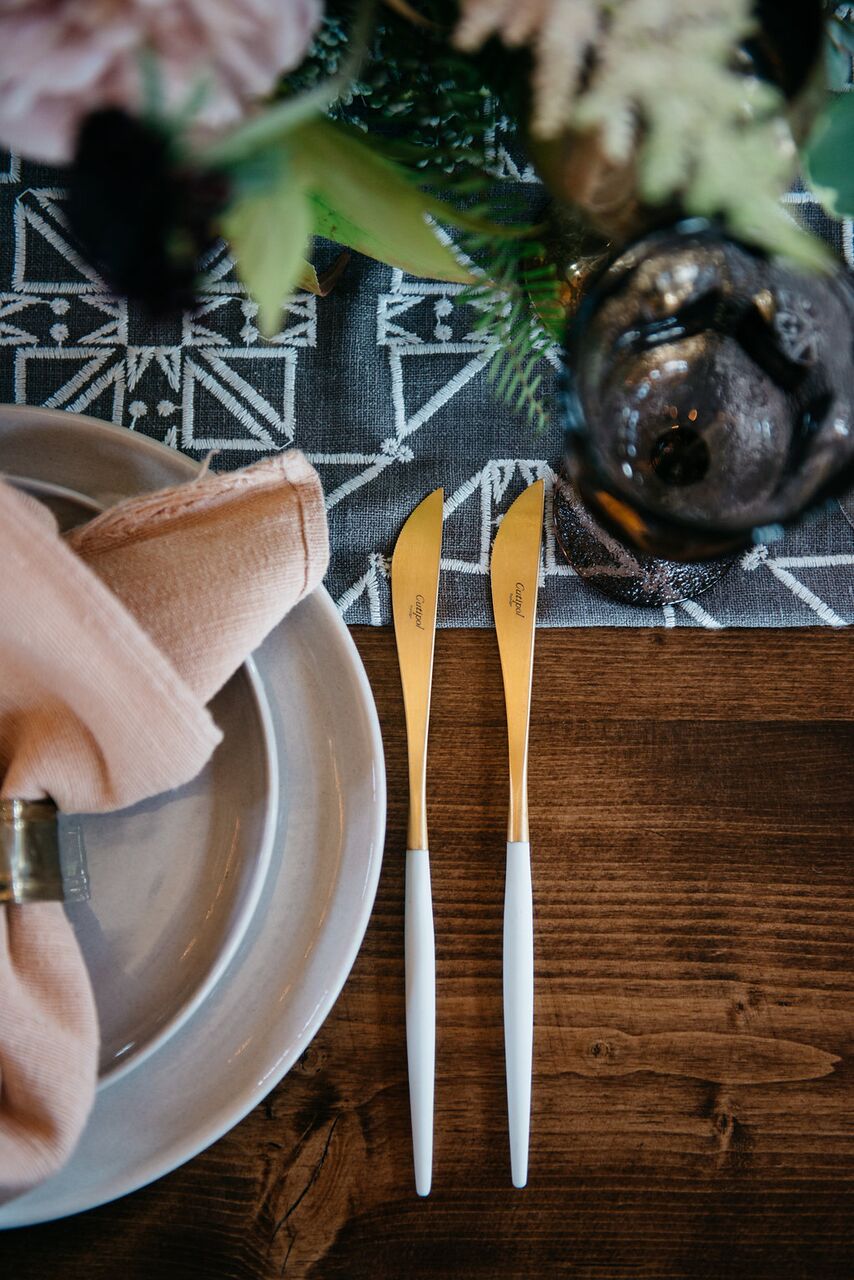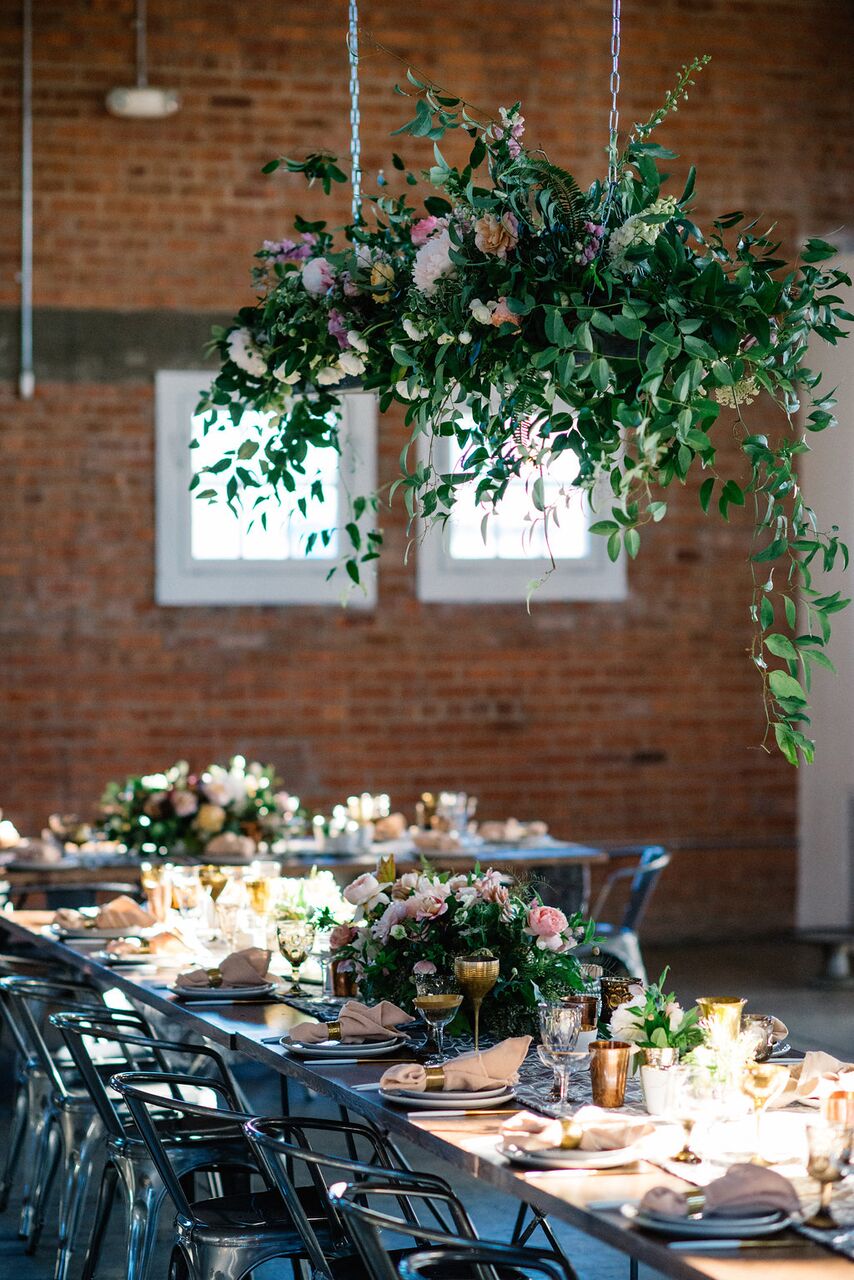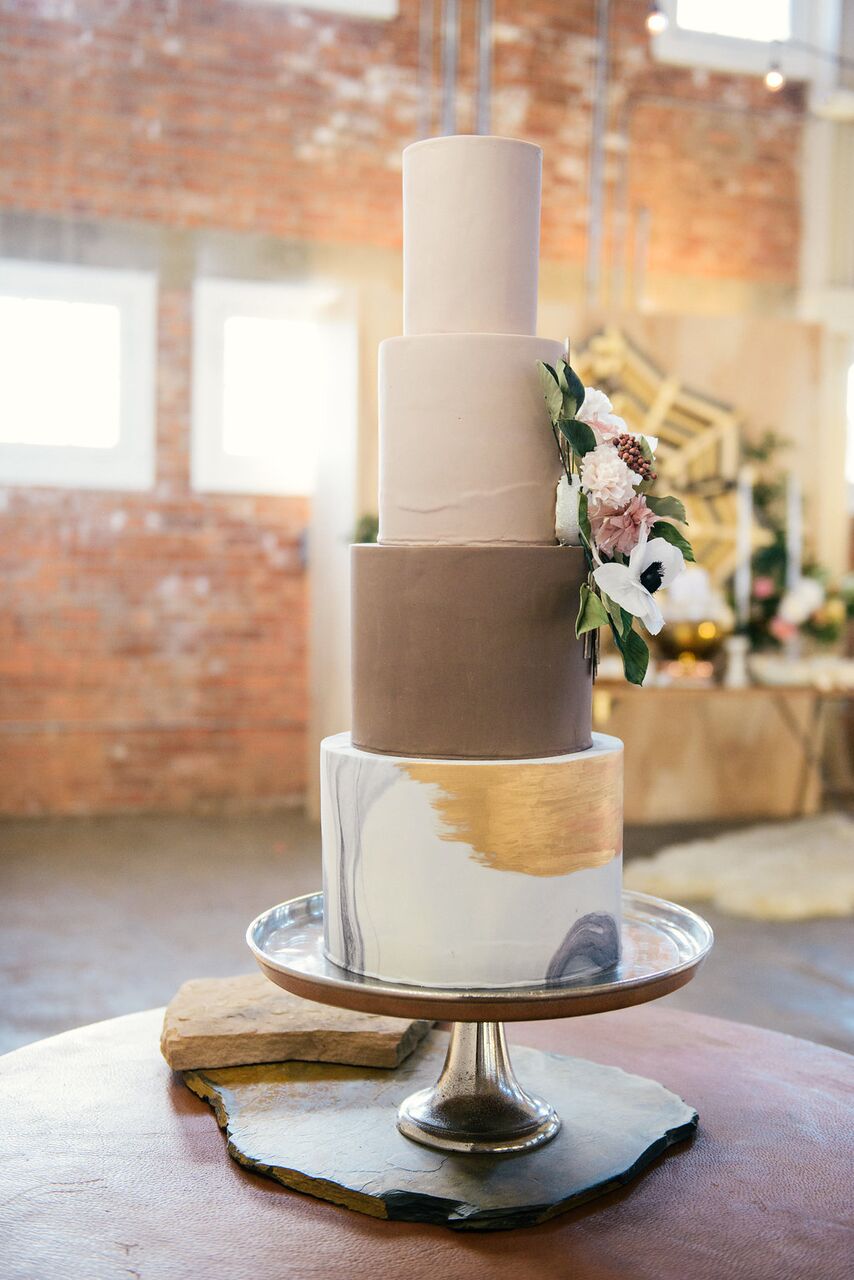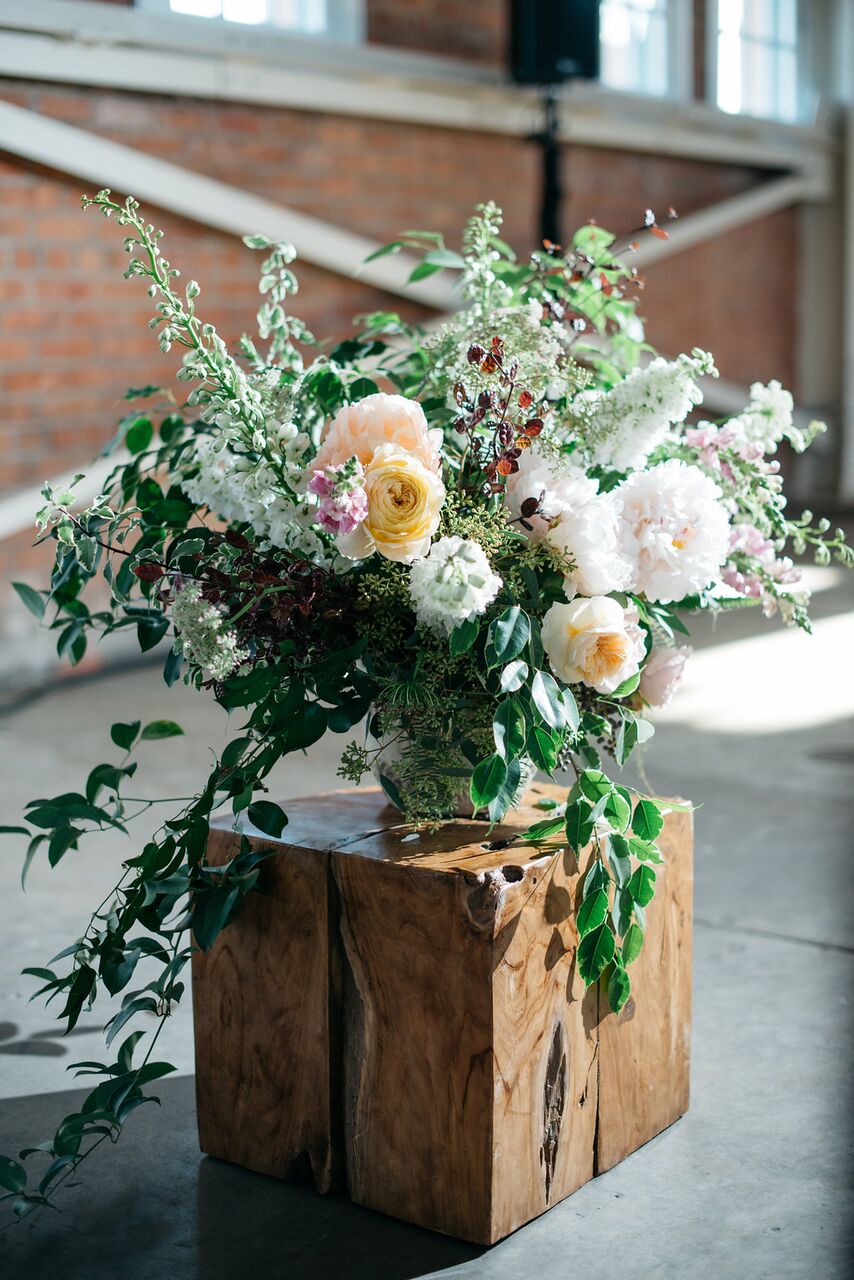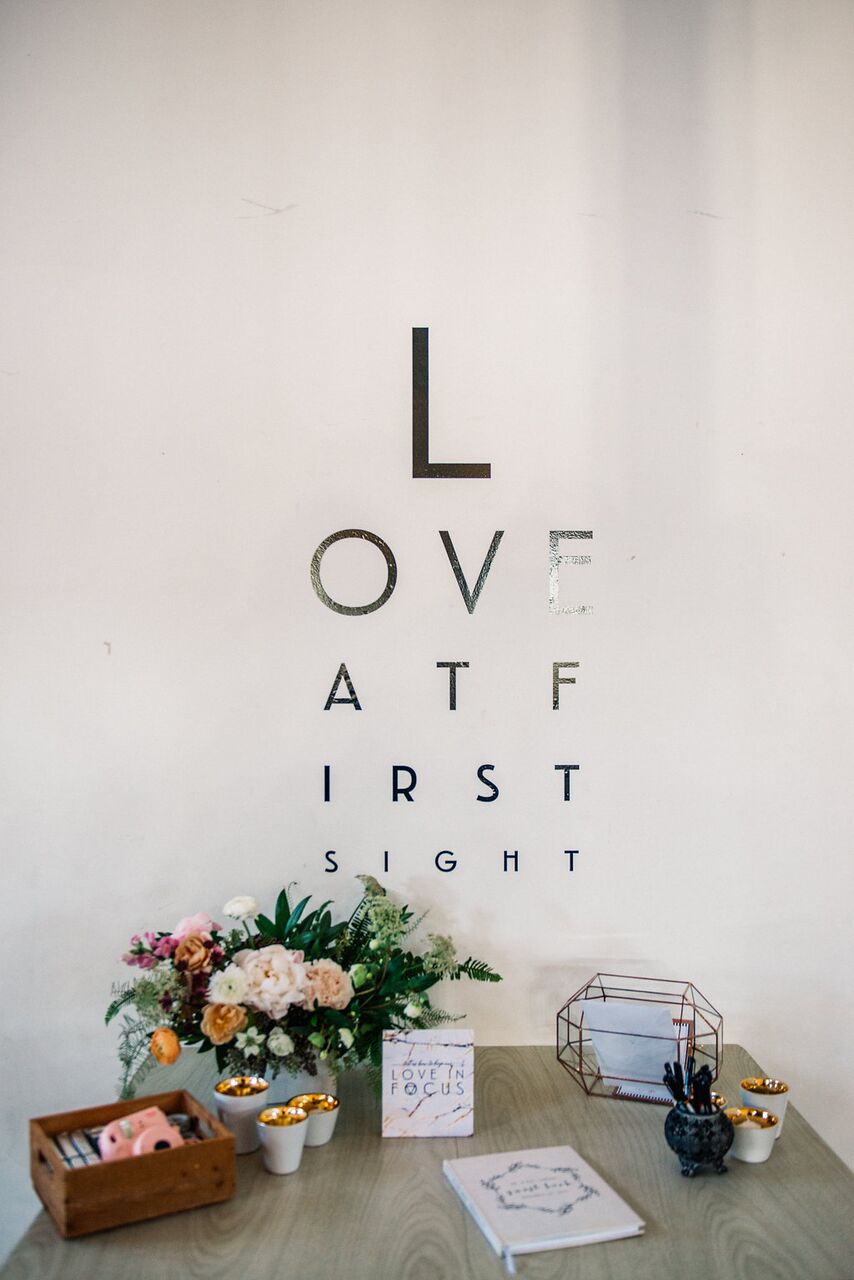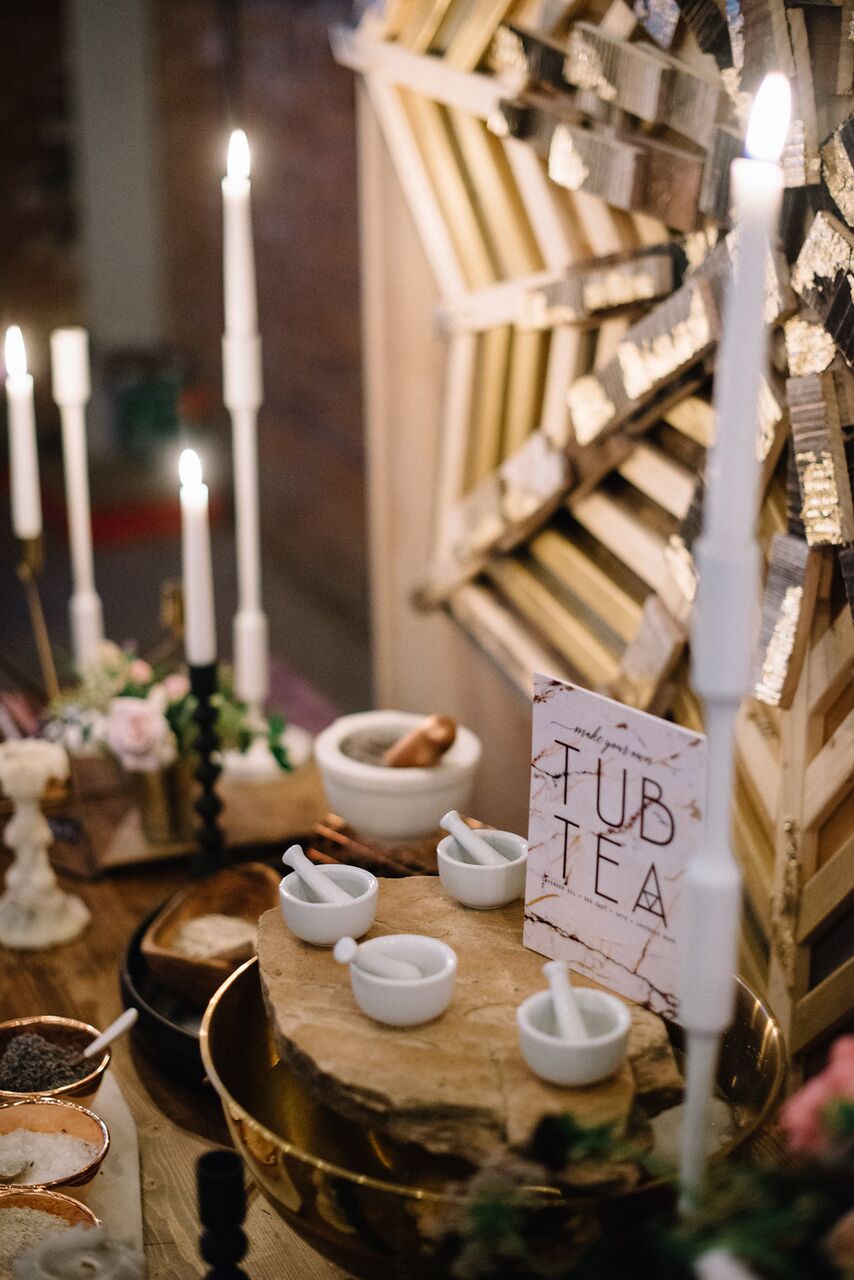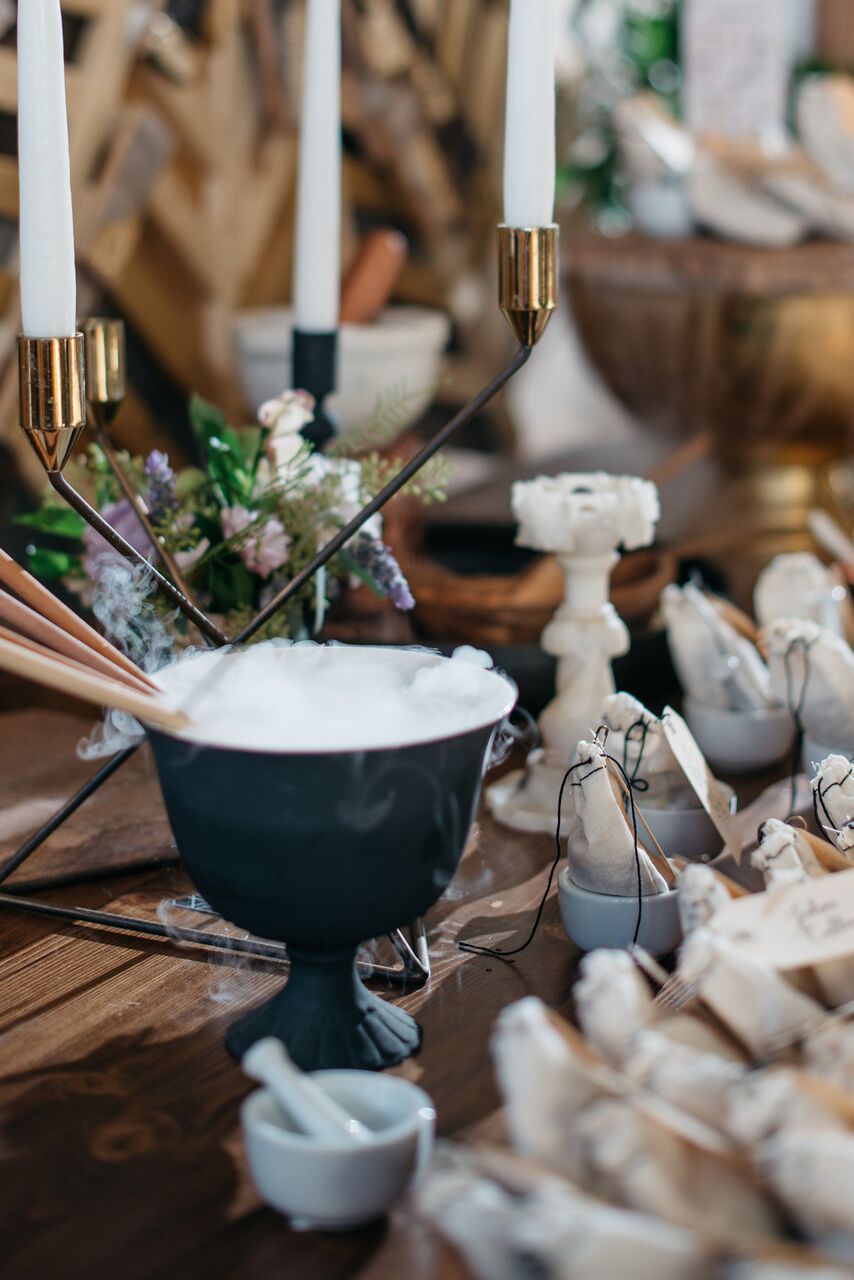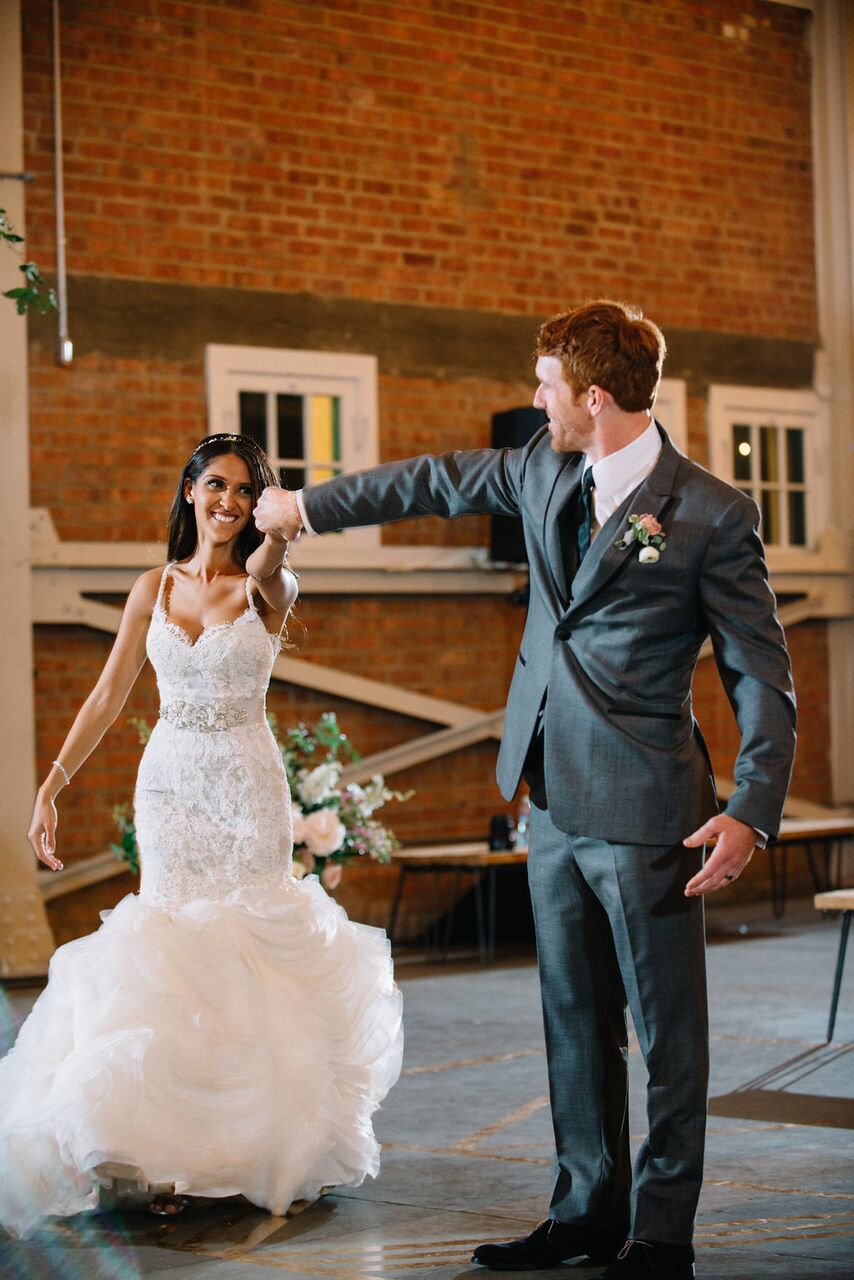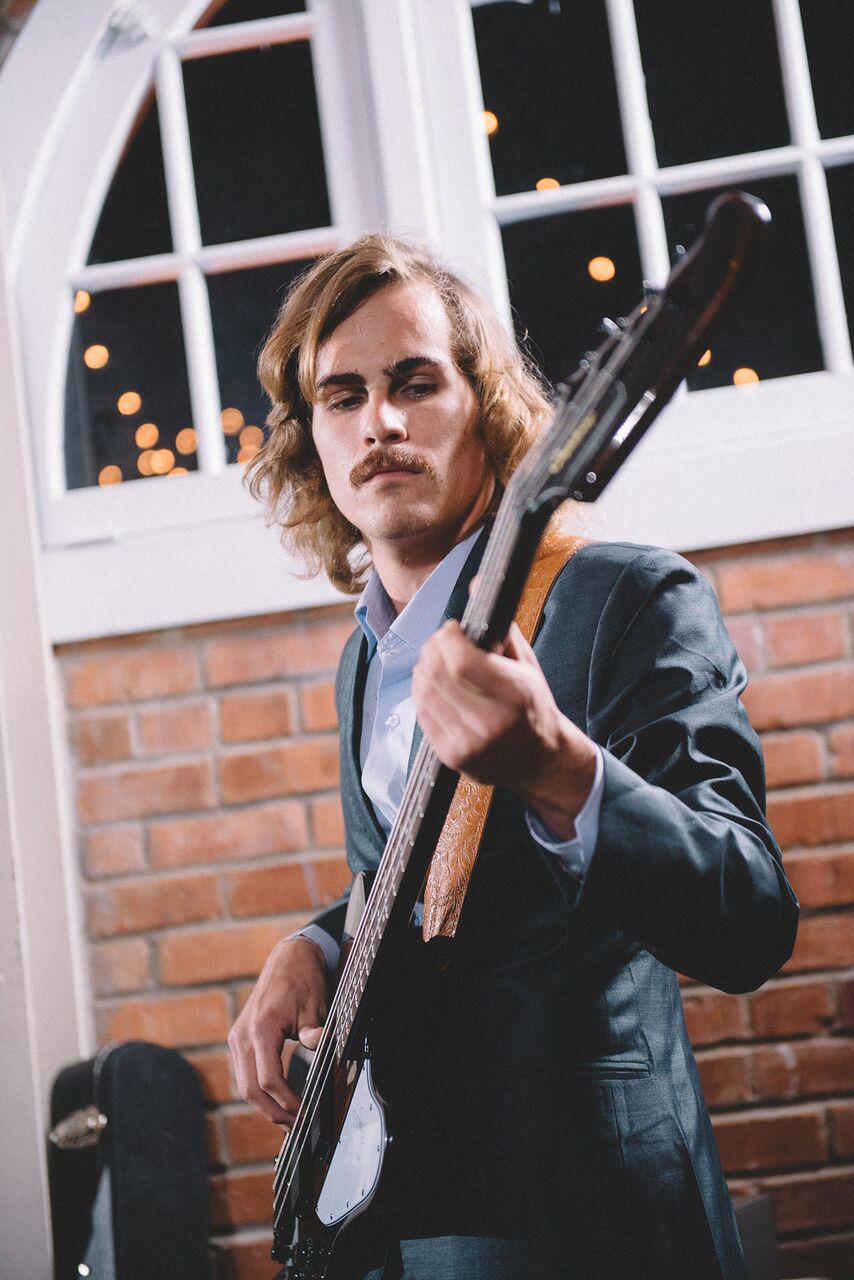For the Love of Giving
Amorology
Marriage is a beautiful thing and one of the greatest joys of life, and as such we love to come up with ways to make your big day extra special and meaningful! For us, this usually means bringing in the fine and fun details of your relationship and weaving them into the design of your wedding, but another of our favorite ways to bring special meaning to the day is by using the event as a means to give back and be charitable. There are so many ways to seamlessly incorporate giving back into your wedding, and today we're sharing a few of our favorite options!
Sustainable decorations
Sustainability and going green are key issues these days, and something as simple as your choice of florist can help make all the difference! There are so many amazing florists out there that we love, and it can be easy enough to pick one that only uses seasonal and locally grown flowers that don't require more transportation and don't add to congestion, pollution, and habitat loss. As a bonus, buying local also helps boost regional and local economies!
Creating a charitable registry
Weaving charity into your wedding doesn't have to be complicated or costly - a simple and easy way to give back to those in need is to create a charitable registry by asking your friends, family members, and other guests at your wedding to help you support your favorite charity (or charities) by donating through a free fundraising website that allows you to create a personalized page. All you have to do it share the page with guests to collect donations to organizations you and your spouse are passionate about! Another option is to make a donation to a charity on behalf of your guests in lieu of a tangible favor to bring home!
Donate wedding gifts and food
If you do end up wanting a traditional registry but you're still looking for ways to donate, you also have the option to request specific items on your registry with the intention of donating them to a local charity. And if your wedding reception ends up generating extra food, consider donating it to a local food bank in your area so the food doesn't go to waste! There is also always the option of using food in your decor which can later then be donated! We simply love pulling in edible elements to the design! The seating display we created below shares just one way we have done this in the past as eggs were nested among guest names and table assignments. The edible options are endless!
Foregoing traditional bachelorette parties or honeymoons in favor of volunteer trips
Connect with charities and organizations in your area or the region you plan to visit for your honeymoon and find out about projects that will be taking place at the time of your bachelor/bachelorette parties or your honeymoon trip - you can build houses with Habitat for Humanity virtually anywhere across the globe, teach English to children abroad, volunteer at a wildlife reserve in the Serengeti, etc. There are countless volunteer-abroad organizations and so many that don't sacrifice the romantic aspect of a honeymoon or the fun elements of a bachelor trip!
Choose wedding vendors conscious of environmental responsibility
Weddings are such beautiful events filled with fun and festivities, but sometimes events like this can create some unfortunate waste. When choosing vendors, check to see that they're conscious of sustainability and their impact on the environment. Farm-to-table caterers, for example, help cut down on carbon emission and fuel consumption by limiting the distance your food has to travel before reaching your table (which also means it's fresher!) and also benefit local and regional economies.
Have any more suggestions for our list? Let us know in the comments, we'd love to hear them!




